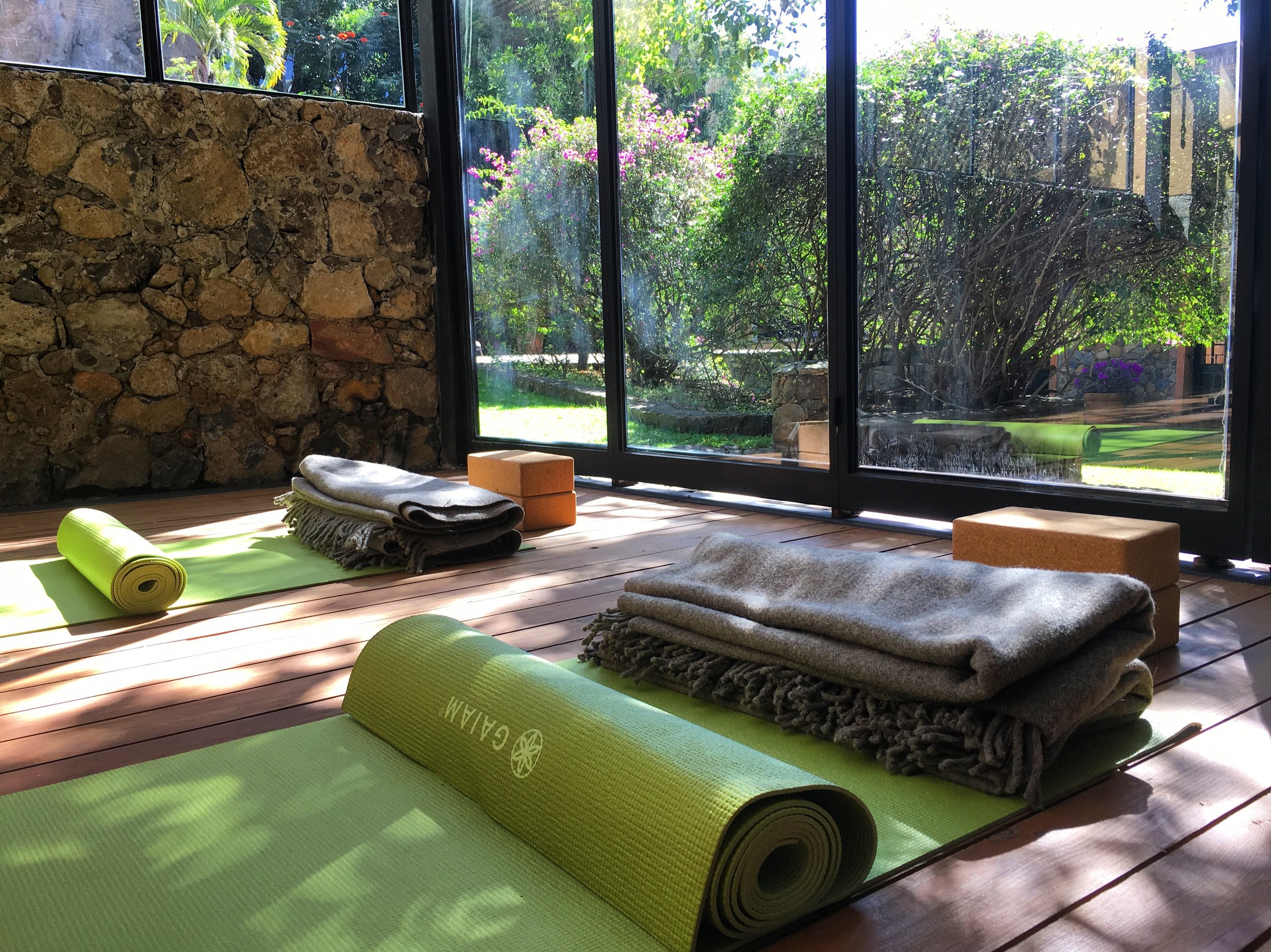The holiday season is the time for family, friends, and festivities. With so many activities planned, it can be challenging to maintain peace of mind and a sense of care that keeps us grounded, balanced, and full of vitality. Proper rest, healthy eating, and this rest-and-restore yoga routine are three things you should be incorporating into your daily life this season. Just take 15 minutes each night as you are winding down for bed to practice these simple poses, and you’ll be able to maintain the vigor needed to get through the holidays! This routine will help your regain the strength to recharge your energies by releasing stresses that burden your body and mind. Start off by spending at least three to five minutes in each pose, gradually adding more time as the pose becomes more comfortable. You may find it easier to relax deeply into the poses if you cover yourself with a blanket.
To gain the full restorative benefits of these poses without straining yourself, you’ll need the following props: a bolster, a folded blanket, an adjustable strap, a sandbag, an eye pillow, and two rolled-up blankets.
Salamba Viparita Karani (Supported Legs-Up-the-Wall Pose)
Position your mat vertically against a wall, place the folded blanket at the top of the mat, and lay the bolster across it horizontally. Sit on the bolster with your left side touching the wall. Lean back, raising your legs up the wall. Rest your middle and upper back on the mat, with your head and neck on the blanket. Bend your knees and put your feet through a loop in the strap, tightening it gently around your shins. Straighten your legs and press them against the wall. Lay the sandbag on your pelvis, and cover your closed eyes with the eye pillow. Rest your arms at your sides. To come out of the pose, roll slowly to one side.
Supported Side Bend
Sit on your mat with your right hip against the bolster. Lean to the right, and gradually lower yourself, placing your right hand on the far side of the mat. Extend your right arm straight along the floor, and rest your head on your bicep. Stretch your left arm overhead and to the right. Press your palms together. With every exhalation, visualize your body relaxing more deeply into the pose, focusing particularly on your neck. To change sides, slowly turn face-down, and then gently press your hands into the floor to get up. After resting on each side for several minutes, gently transition into child’s pose, and take a few deep breaths.
Salamba Mandukasana (Supported Frog Pose)
From child’s pose, slowly rise to all fours; knees should be spread wide and big toes touching. With a bolster placed lengthwise between your knees sit down on your heels. Walk your hands forward on the mat until your upper body is resting on the bolster. Turn your head to one side and relax your body by breathing deeply. On each inhalation, feel your breath reaching into your belly and low back. On each exhalation, release any tension in your knees, hips, shoulders, and neck. When you’re halfway through the exhalation, turn your head to the opposite side.
Salamba Bharadvajasana (Supported Bharadvaja’s Twist)
Place a folded blanket at the bottom end of the bolster, and sit with your left hip against the edge of the blanket. Rotate from your belly toward the bolster, with your hands positioned on opposite sides of the bolster. Lean down slowly until your forehead touches the bolster. Turn your head to the right, tucking your chin slightly, while keeping the back of the neck long and the front of the throat soft. Lay the eye pillow across the nape of your neck, and rest your hands and forearms on the floor. Breathe slowly and deeply, focusing on how your inhalations ground your pelvis and enhance the sensation of twisting in the belly and shoulders. After resting in the pose for a few minutes, release the twist, and repeat the sequence on your other side.
Salamba Supta Baddha Konasana (Reclining Angle Pose)
Place a folded blanket on the top end of the bolster. Sit with your sacrum against the edge of the bolster, bring the soles of your feet together, and open your knees wide. Place a rolled blanket under each knee, and let your knees drop down to rest comfortably on the blanket rolls. Lay a sandbag across your feet. Place your hands behind you on the mat, slowly lean back onto the bolster, and rest your head on the folded blanket. Place an eye pillow over your closed eyes, and rest your hands on the floor. Breathe slowly and deeply, softening your belly with each exhalation.
Source: Yoga Journal, https://www.yogajournal.com
Disclaimer
The sole purpose of these articles is to provide information about the tradition of Ayurveda. This information is not intended for use in the diagnosis, treatment, cure, or prevention of any disease.



